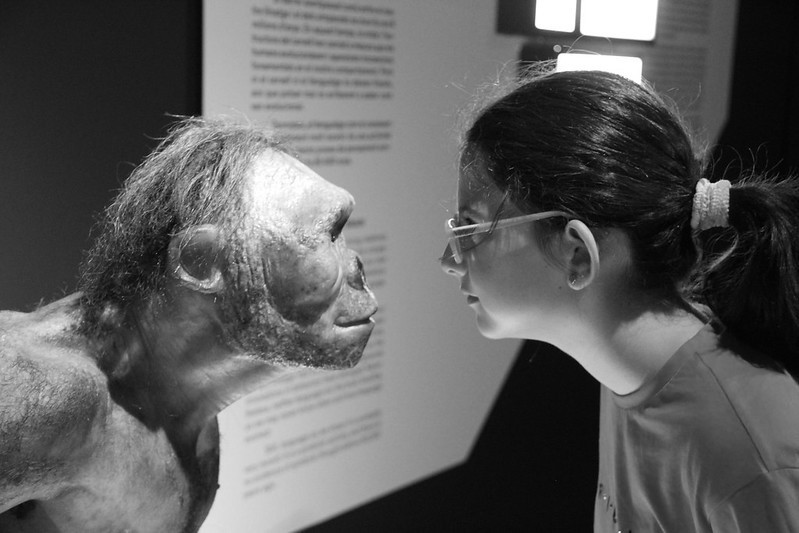
It is previously assumed that early humans are mostly carnivorous and their diet is composed mainly of animal meat (sometimes even the meat of another human species). However, it is recently discovered that hard plant foods may have been a part of the diet of early humans.
The experimental study conducted by scientists from Washington University in St. Louis aims to look at the microscopic level to be able to understand the behavior of early humans. For instance, scientists would look at the microscopic damages to ancient teeth to be able to identify the kind of diet an animal has. In this study, however, scientists aim to see the microscopic interaction between food particles and enamel to demonstrate that even the hardest plant tissues can scarcely wear down primitive teeth. The results showed promising data for reconstructing diet, and for our interpretation of the fossil record of human evolution.
Adam van Casteren, a lecturer in biological anthropology in Arts and Sciences and the first author of the study explains that the team discovered that hard plant tissues such as nutshells and seeds barely have an influence on the microwave textures on teeth. Prior to this discovery, it was believed that eating hard foods is damaging to the teeth by producing microscopic pits. According to van Casteren, just because the teeth do not exhibit elaborate pits and scars, it does not mean that the consumption of hard food items should be ruled out.
One of the goals of this study is to address the ongoing debate on what some early human ancestors -- especially the australopiths -- were eating. The species under Australopithecus are described to have a very large set of teeth and jaws which indicate they have developed huge chewing muscles. According to their study published in Scientific Reports, these morphological characteristics suggest that the Australopithecus hominids have the ability to produce large bite forces and can, therefore, live on a diet of hard and bulky food items like nuts, seeds, and underground tubers. However, most fossils of australopith teeth do not show the microscopic damage expected in this diet that is why the researchers decided if australopiths really stuck with an all-meat diet.
In previous mechanical experiments, grit (pieces of quartz rock) was shown to produce deep scratches on flat tooth surfaces but there is little to no experimental data on the effects of woody plant material on ancient teeth. To test their hypothesis, the researchers attached tiny seed shells to a probe which they dragged across enamel from a Bornean orangutan molar. Then, they proceeded on creating 16 "slides" that represented contacts between the enamel and three different seed shells from woody plants -- all of which are part of the modern diet of primates.
After the experiment, the researchers found out that the seed fragments did not make large pits, scratches, or even fractures in the enamel of the molar, only a few shallow grooves. These shallow grooves did not affect the enamel greatly and did not contribute meaningfully to the dental microwear. However, the seeds fragments showed signs of degradation from being rubbed against the enamel.
This study proves to be helpful to anthropologists who are trying to figure out ancient diets but are stuck only with fossils. "Our approach is not to look for correlations between the types of microscopic marks on teeth and foods being eaten. Instead, we aim to understand the underlying mechanics of how these scars on the tooth surface are formed." van Casteren explains.
"And that makes perfect sense in terms of the shape of their teeth," co-author Peter Lucas of the Smithsonian Tropical Research Institute said. According to him, the blunt low-cusped form of the australopith molars is ideal for the purpose of chewing large amounts of seeds. Consuming very small hard seeds requires large bite forces to be able to mill the grains and in the light of the team's discovery, it is possible that grass seeds and sedge nutlets were a dietary resource for the ancient humans.
© 2025 ScienceTimes.com All rights reserved. Do not reproduce without permission. The window to the world of Science Times.












